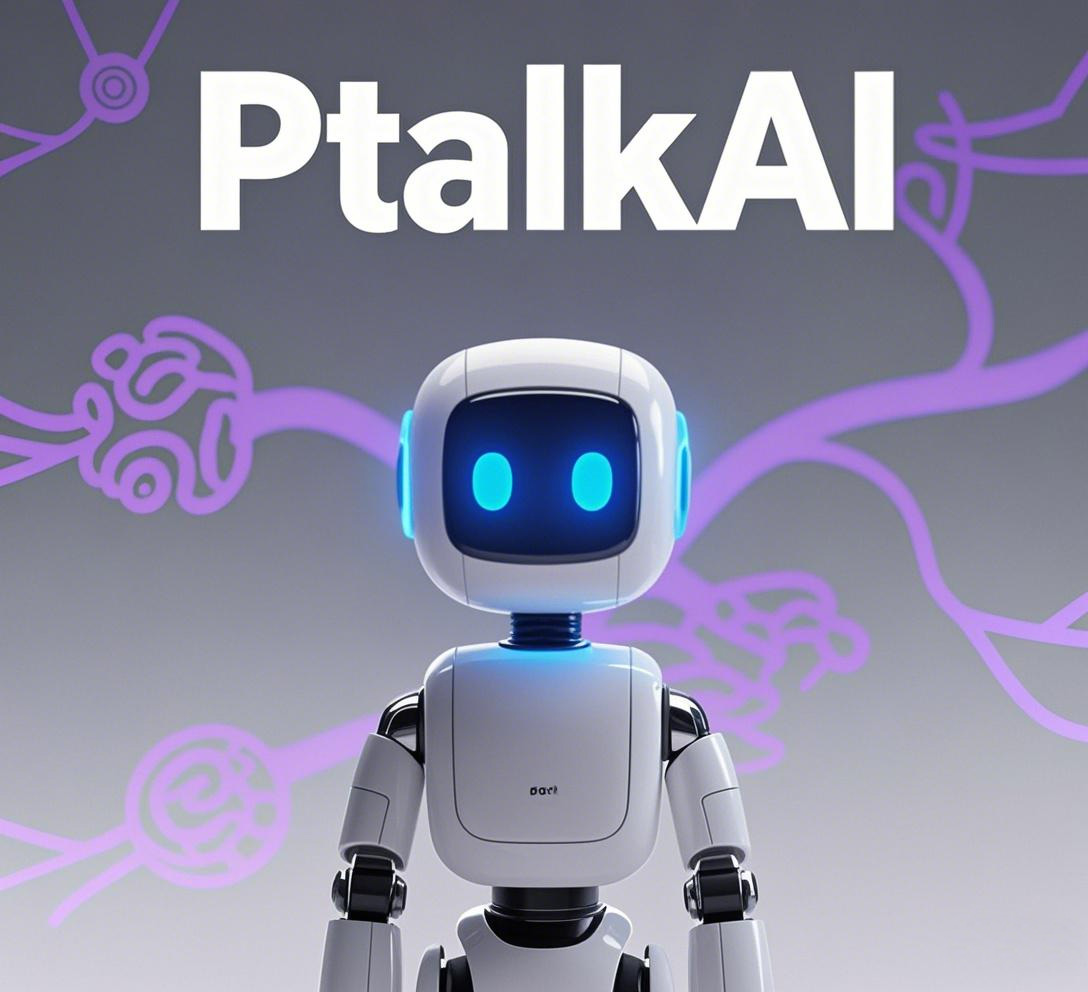Mastering Conversational AI: Techniques to Elevate User Interactions
小薇 2025-05-30
In the rapidly evolving landscape of artificial intelligence, conversational AI has emerged as a cornerstone technology across industries.
Mastering Conversational AI: Techniques to Elevate User Interactions
In the rapidly evolving landscape of artificial intelligence, conversational AI has emerged as a cornerstone technology across industries. From customer support to internal tools within departments like your technical center, the ability to design and implement effective AI-driven conversations is more critical than ever. This article delves into practical techniques that can enhance the quality of AI interactions, ensuring smoother, more engaging experiences for users.1.
Establishing Trust Through Transparency
Trust is foundational in any interaction—whether with humans or machines. One of the most effective ways to build trust in AI systems is through transparency. Clearly communicating that users are interacting with an AI rather than a human sets realistic expectations and fosters credibility.- Best Practice: Begin each interaction with a transparent introduction. For example: "Hello! I’m an AI assistant here to help you with [specific task]. How may I assist?"
This approach not only establishes clarity but also aligns with the precision required in roles like yours, where accuracy and reliability are paramount.
2.
Leveraging Contextual Understanding
Contextual learning empowers AI systems to interpret not just individual queries but also their broader implications. By maintaining session histories and utilizing advanced machine learning models, AI can provide increasingly accurate and relevant responses.- Tip for Testers: During QA processes, simulate multi-step conversations to assess how well the AI retains context. Pose follow-up questions based on initial inputs and evaluate whether the system remembers earlier details.
User: "What’s the weather forecast for tomorrow?"
AI: "It will be sunny with temperatures around 25°C."
Follow-Up: "Will it rain later?"
AI: "No, there’s no rain expected tomorrow."Such evaluations ensure that the AI delivers coherent and meaningful interactions.
3.
Designing Intuitive Dialogue Flows
An intuitive dialogue flow is key to guiding users seamlessly through conversations. It anticipates common scenarios and offers clear navigation options, reducing confusion and enhancing usability.- Branching Logic Example: When a user inquires about product availability, the AI could respond with, "Would you like to check stock levels, place an order, or explore similar products?"
4.
Personalizing Experiences
Personalized interactions make users feel valued and understood. By leveraging data analytics, AI can tailor its responses based on past behaviors, preferences, and demographics.- Implementation Idea: Incorporate dynamic greetings such as, "Good morning, [Name]! Based on your recent activity, here are some recommendations..."
5.
Infusing Emotional Intelligence
Emotionally intelligent AI detects and responds appropriately to users' moods, creating deeper connections. Sentiment analysis tools enable this capability by identifying positive, negative, or neutral tones in user inputs.- Use Case: In customer service settings, if a user expresses frustration, the AI might respond empathetically with, "I understand how you feel. Let me resolve this issue for you quickly."
6.
Fostering Continuous Improvement
Conversational AI thrives on continuous learning and adaptation. Implement feedback loops to gather user input and refine the system over time.- Actionable Step: Include post-interaction surveys asking users to rate their experience and suggest improvements. Regularly analyze this data to identify trends and areas for enhancement.
Final Thoughts
The future of conversational AI depends on its ability to adapt, learn, and grow alongside evolving user expectations. By focusing on transparency, contextual awareness, intuitive design, personalization, emotional intelligence, and ongoing improvement, organizations can deliver exceptional user experiences.As someone working in the technical center, your efforts in testing and refining these systems play a vital role in shaping smarter, more engaging AI-powered conversations. Together, we can unlock the full potential of conversational AI and create meaningful connections between technology and people.If you’d like further insights, visual aids, or additional content, feel free to reach out—I’m here to assist!Let me know if you'd like any modifications or supplementary materials!










